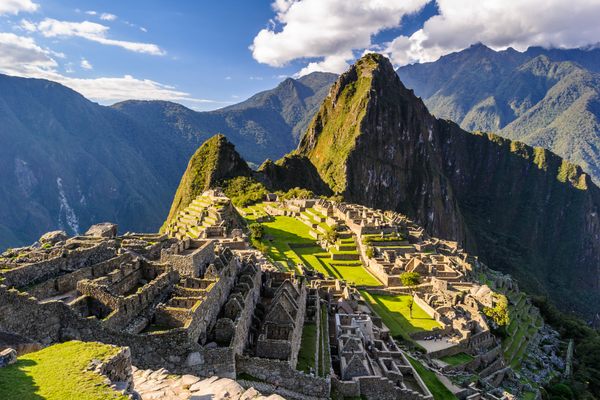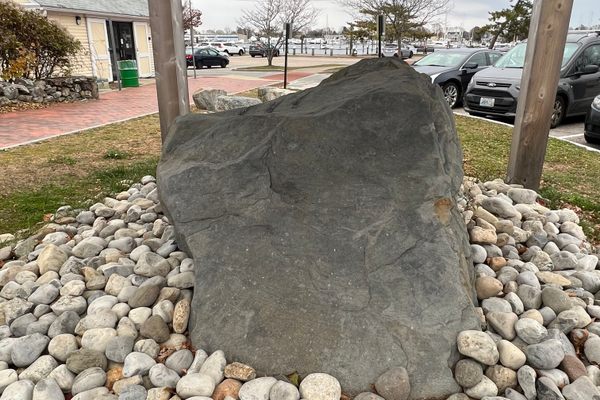Ceremonial Center of Pamashto
A circle of stones on a hilltop in Peru’s high jungle, aligned with the winter solstice and largely ignored by archaeologists.
The Centro Ceremonioso de Pamashto (Ceremonial Center of Pamashto) sits on a grassy hilltop in the high jungle of Peru. It likely dates back to around the time of the Inca Empire, if not before, but who exactly built it—and why—remains a mystery.
The small archaeological site is located above the village of Pamashto, a short ride from the historic town of Lamas near the city of Tarapoto, Peru. Hardly anyone comes here, apart from eager harvesters of magic mushrooms (at the right time, Psilocybe cubensis grow in abundance in the cowpat-strewn fields), illegal excavators looking for loot, and, once in a blue moon, an archaeologist or group of local students.
And once a year, for the winter solstice (June 21), young locals gather at the site to celebrate the sunrise and get smashed on locally brewed aguardiente (sugar cane firewater handily brewed at a rustic distillery in the woods below the site), smoke weed and, in all likelihood, eat a few magic mushrooms.
People come here to celebrate the solstice because of the site’s design. Pamashto has two openings within its circular stone wall, located opposite each other, which align with the sun on the winter solstice. For this reason, the few archaeological theories that exist regarding the site agree that its function was ceremonial.
According to some locals, there was once a stone altar at the center of the circle, supposedly used for sacrifices. Rudimentary tools were found at the site, but were taken away. As were human remains, dug up and whisked away by grave robbers, morbid visitors, or spaced-out kids.
No one knows who built the ceremonial circle at Pamashto. Perhaps the Chachapoyas culture, whose territory tentatively extended into this region. The Chachapoyas built many circular structures, such as those at Kuélap, but normally of a higher level of construction than found at Pamashto.
Alternatively, the site could have been a ceremonial center built by the Chancas, a group who fled to this part of the jungle after a major defeat in battle against the Inca Empire.
With a concerted (and legal) excavation effort, Pamashto could reveal more about the history of this region. But, as things stand, it remains largely unexplored save for a few stray fungus foragers.



















Follow us on Twitter to get the latest on the world's hidden wonders.
Like us on Facebook to get the latest on the world's hidden wonders.
Follow us on Twitter Like us on Facebook